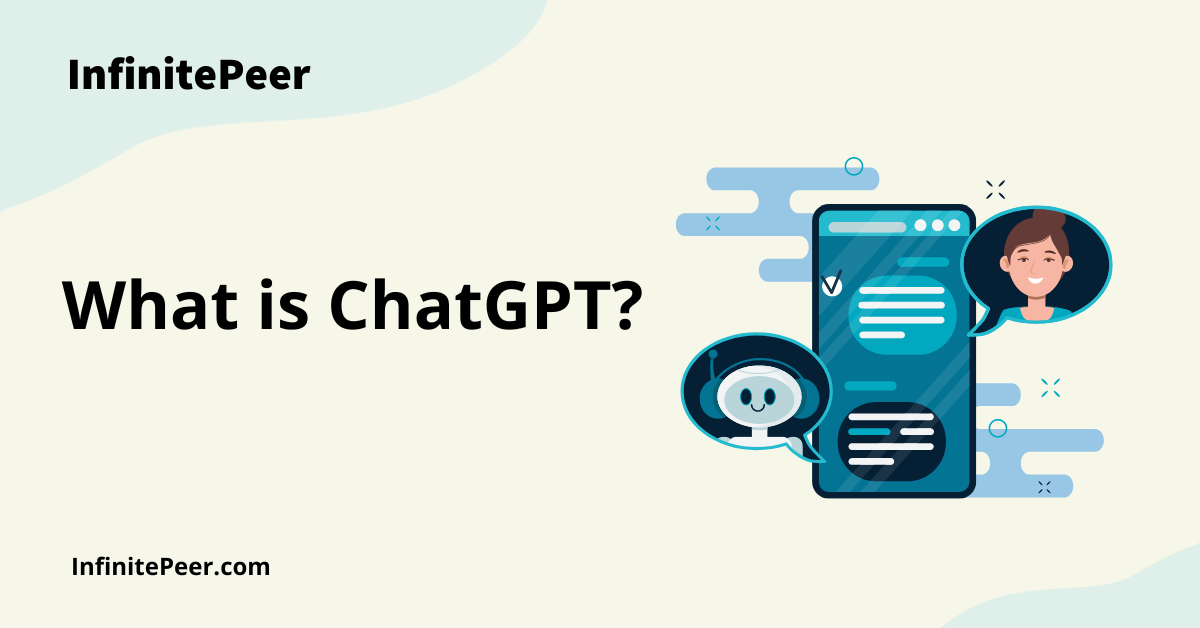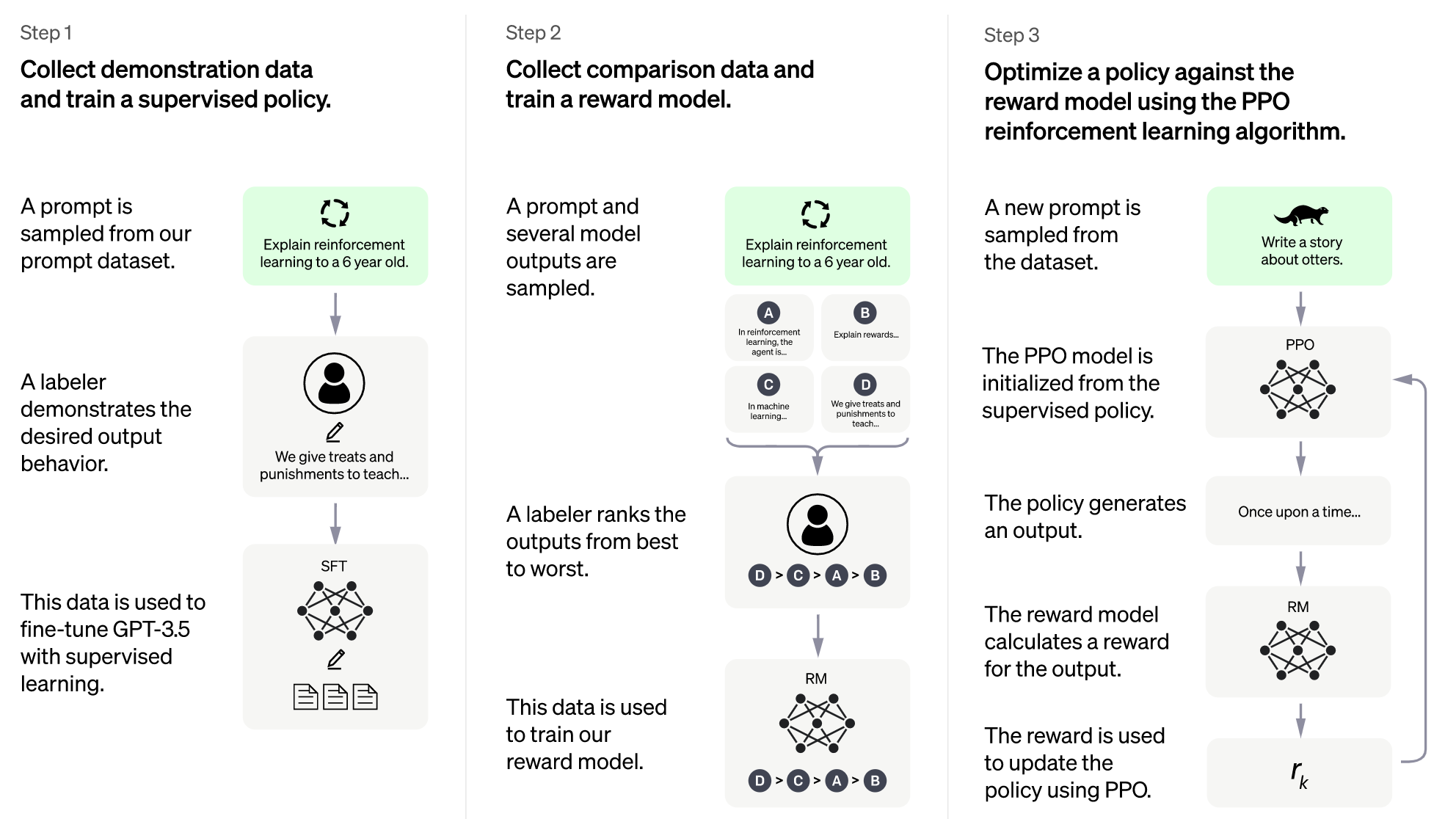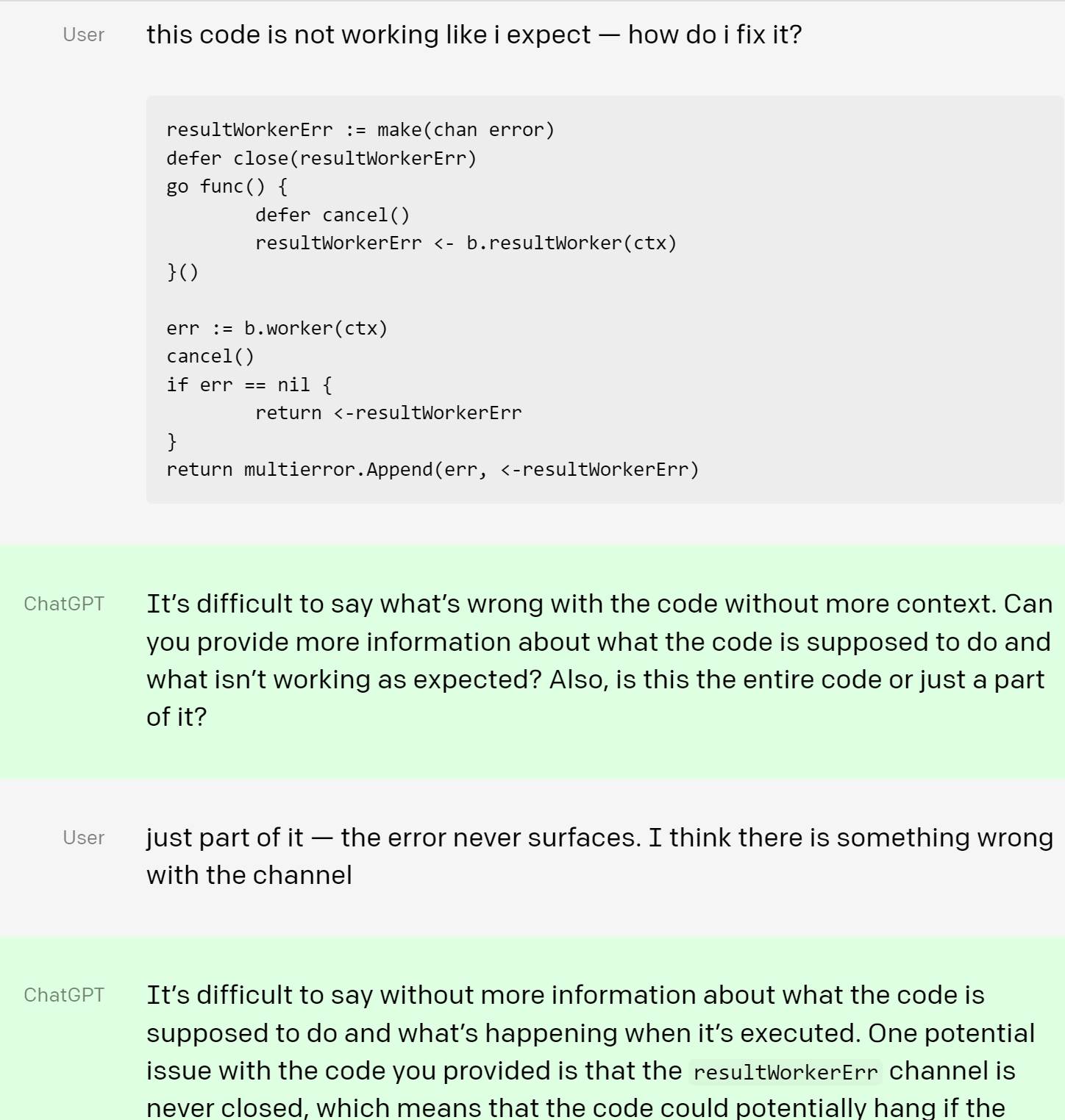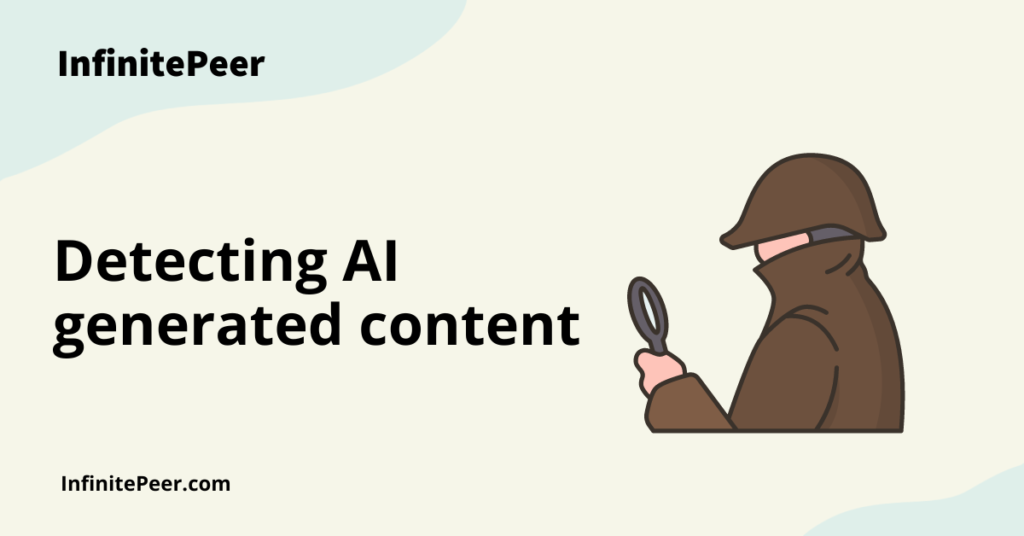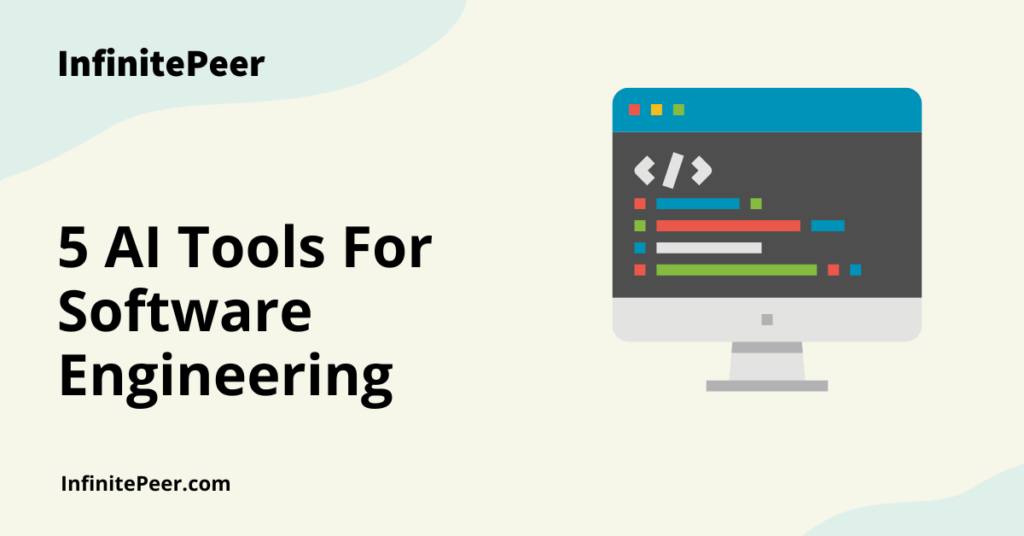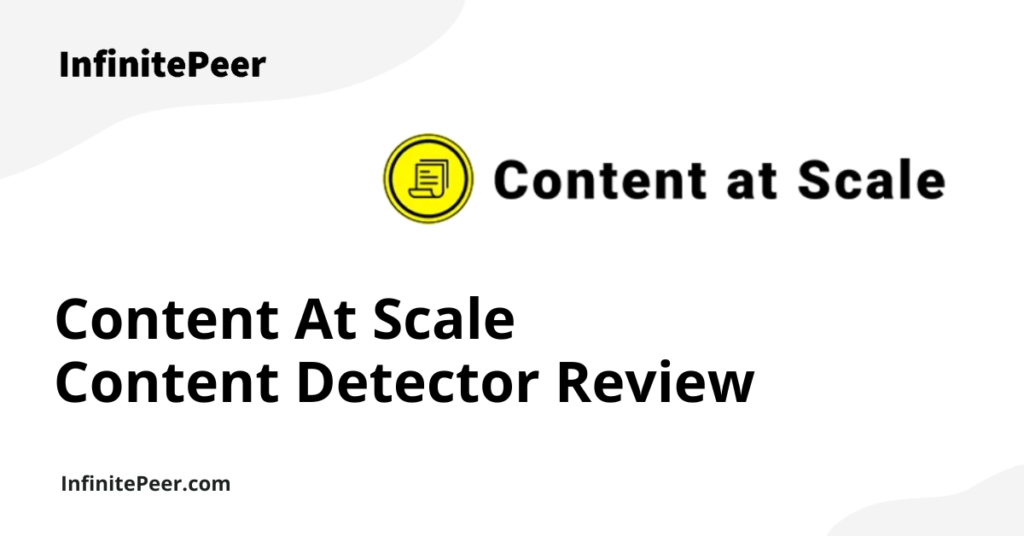What is ChatGPT?
ChatGPT is virtually all over the internet. OpenAI certainly caused a buzz when they introduced their new tool on November 30, 2022. Within about 4 days, they estimated they amassed over 1 million users.
Since its launch a few weeks ago, millions of people all over the world have been playing around with the incredible technology, developing new use cases, building apps that leverage the technology, and just having some fun with it!
While people are busy learning how to best use the technology, ethicists, writers and educators are concerned about how it is going to affect content creation in the long run.
What is ChatGPT?
Developed by Open AI, ChatGPT is a chatbot that interacts with humans in a conversational way. It is an AI assistant that is being used to generate written content for blogs, articles, social media posts, and much more.
It uses natural language processing to understand the context of the conversation and provides relevant responses to your questions. With its personalized responses and zero ads (for now!), ChatGPT may become the upgraded version of Google for you.
With hundreds of use cases being introduced every day, ChatGPT is a highly flexible conversational bot that can be leveraged by both businesses and individuals.
How does ChatGPT Work?
ChatGPT works by taking in a user’s input and using it to generate a response that is both meaningful and relevant to the conversation.
By leveraging large datasets of past conversations and millions of data points on the internet, ChatGPT learns how to understand natural language and generate human-like responses.
The technology behind ChatGPT leverages OpenAI’s InstructGPT. OpenAI trained ChatGPT using Reinforcement Learning from Human Feedback (RLHF).
RLHF is a subfield of reinforcement learning (RL) that uses feedback from people as part of the learning process. In this method, the RL algorithm doesn’t just learn from its interactions with the environment; it also gets feedback from human evaluators in the form of rewards or corrective actions. This lets the algorithm learn from the knowledge and experience of humans.
Source: https://openai.com/blog/chatgpt/
Common ChatGPT use cases that are emerging
-
ChatGPT as a replacement for Google
Dubbed the ‘Google Killer’ by some, ChatGPT has the potential to replace Google as the leader in web search.
Unlike Google where the user needs to read through the content on sites suggested by Google to get an answer, ChatGPT does this work for you and directly answers your questions.
Grabbing data from hundreds of websites and formulating an answer, ChatGPT works to respond to users’ queries, without pushing them to third-party content. And the speed with which it does that is on another level.
The additional benefit many users are touting is that ChatGPT is ad-free (for now)! No need to scroll past paid content before getting to the highest-ranked sites, ChatGPT filters through this noise for you, automatically.
-
Generate text prompts for AI image generators
As if AI image generators themselves were not enough, ChatGPT has the potential to streamline the content creation process even more.
With Dalle-2, Midjourney, Diffuse AI, and many others accelerating the image creation industry, Open AI’s ChatGPT can now be leveraged to automate the entire image generation process. It does this by generating well-detailed text prompts for the AI image generators, which you then need to insert into the image generator of your choice, which will in turn produce your images for you.
Here’s an example for this blog post:
-
Debug your code or let GPT write it for you
If you are getting started with programming but need someone to check your code, then ChatGPT is here to tutor you.
Yes, from coding neural networks to debugging to even writing the code for you, ChatGPT can answer everything in between.
One of the use cases that OpenAI highlights on its website is ChatGPT’s ability to go beyond traditional written content and develop code. Take a look at the example they provide:
Source: https://openai.com/blog/chatgpt/
-
Writing Content: poems, songs, essays, and even blogs
You may have seen this use coming, right? If an AI Chatbot can help you write code, then writing a blog, poem, essay, or even a song should not be difficult.
Across the board, content creators across the globe are coming up with new and creative ways to have ChatGPT write content for them. Take a look at our article here, which details creative ways to use ChatGPT in your content process.
In the long run, detecting AI-generated content may become common practice, the way educators typically check for plagiarism. We talked about how to detect if AI was used to write content in our recent blog.
Limitations of ChatGPT
With ChatGPT being recently launched, it does of course have its limitations. When using this tool, especially at work or at school, you need to be very aware of its limitations.
-
ChatGPT makes errors like any AI algorithm
Unlike Google where you formulate your own answers based on your research, ChatGPT gives you one answer – sometimes, a plausible-sounding but incorrect answer.
If you’re ever unsure, double-check ChatGPT’s output by cross-referencing content to well-reputed sources.
-
ChatGPT may provide two different answers to the same question
ChatGPT is sensitive to text phrasing.
Say, two different people ask the same questions phrased a little differently. Google search would show the same search engine result page (SERP) for both questions since its algorithm is based on keywords. However, ChatGPT being an interactive conversational bot might give a wrong answer to one user but a correct one to another.
Again, always cross-reference the content you’ve generated with ChatGPT, especially while the technology is in its infancy.
-
ChatGPT can get verbose and vague
At times, ChatGPT might bore you to death before spitting out the answer you are looking for.
This is a problem with how the algorithm was trained. Being a conversational bot – and trying to mimic a human – ChatGPT might sound like your grandma telling you the stories of how the recipe was handed down to her before telling you the actual recipe.
-
ChatGPT is Still Under Development
Like any AI algorithm, ChatGPT requires continuous training to get to a point where it generates error-free content.
This is why Open AI has given free access to anyone to gain insights into real-time problems that users will face – issues that never surfaced during the training phase.
